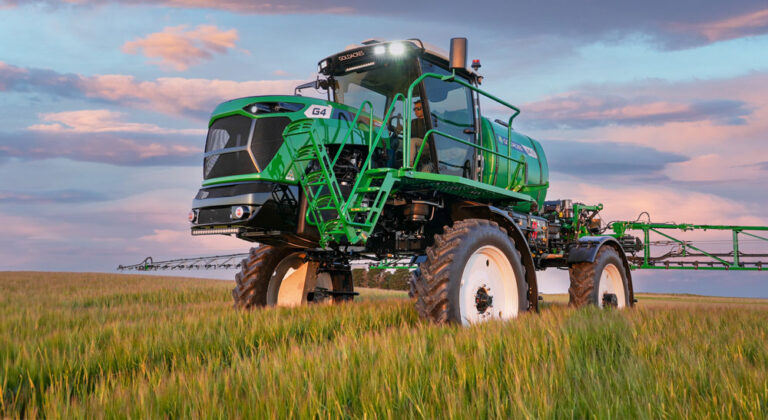Drier conditions mean many livestock operations will need better data to manage the herd and cull out the non-performers

With an El Nino weather event now officially forecast by the Bureau of Meteorology, livestock producers are preparing for the possibility of an extended dry period and considering what this means for herd management.
Reducing breeding herd size can be a difficult, but necessary step to navigate low rainfall conditions, and the increased movement of stock through saleyards over recent weeks indicates some producers have already commenced strategic herd contraction.
Black Box Co Chief Executive Officer, Shannon Speight, said it was during challenging periods that herd data and insights could be a powerful tool to support destocking decisions.
“Dry weather and drought are such a difficult time both from a production perspective and the pressure it places on producers to make decisions to protect the wellbeing of their business and their livestock,” Shannon Speight emphasised.
“However, these times also provide us with the opportunity to look carefully at data from previous seasons or years to help take some of the pressure off decision-making, particularly in terms of selecting which animals will be sold.”
Mrs Speight said now was not just an important time for producers who already accumulated herd information but also for those yet to embark on the process.
“It may sound like another job to add to the list when caught in the day-to-day of drought management but, if you don’t already have data measurement in place, dry times can be an excellent place to start collecting information that will be indicative of the performance of individual animals in the future, to help you understand how they will manage in difficult conditions – and select accordingly,” Shannon Speight added.

Data relevance during tough times
When the weather turns, one of the most important things to remember is the breeders that are retained will provide the genetic foundation for herd rebuilding efforts.
Shannon Speight explained, “It was critical to base selection decisions on factors beyond just those presented in the ‘here and now’ and to those indicating performance demonstrated over a period of time and in diverse conditions.
“When the pressure is on, and you are making these decisions just off a single point in time, it is quite likely you will make the wrong call.
“Ideally, you will look back at data to ensure you are genuinely selling from your bottom 30%.
“This means having information on hand to not just know if cows have just reared a weaner, are wet or are pregnant, but if they are able to become pregnant and have calves when under pressure. A direct indicator of this is if cows can fall pregnant while still lactating, as the strain placed on females during milk production, in many ways, mimics dry weather,” Shannon Speight added.

Ranking makes for easier decisions
A further key strategy that may be used to simplify destocking decisions is ranking herds in percentiles from most to least productive, based on key measures. Each percentile may then be placed in a calendar, with dates corresponding to when they should be sold, subject to rainfall.
“Through this system, you can say ‘if we have not had a certain amount of rain, and there is not a certain body of feed, by a certain amount of time, then the bottom 10 per cent go’,” Shannon Speight continued.
“A new date with a new baseline amount of rain and feed is then set for the next 10 per cent, and so on.
“This really assists in making sure hard decisions don’t need to be made in the heat of the moment, or all at once which is overwhelming, but can be made in the calmness of the office.”
Collecting data on a year-round basis also allows producers to begin to isolate the lower percentiles of performers in advance, to reduce stress and workload.

“For example, through Black Box you can create a draft list for breeders so that each time they come through the yards you can move those who may potentially need to be sold in the future into one paddock,” Shannon Speight explained.
“Collecting data throughout the year also means if things are dry, you can look back at previous data and know, unless you have significantly changed your management practices, who is in calf or likely to be in calf, without having to preg test and further increase stress.”
Key data to record
Shannon Speight recommended a few key data points as the most powerful to underscore genetic selection in breeding herds.
- Pregnancy status (pregnant or empty)
- Lactation status (wet or dry)
- Foetal age/calving date
- Weight or body condition score
- Age, and
Breed.















